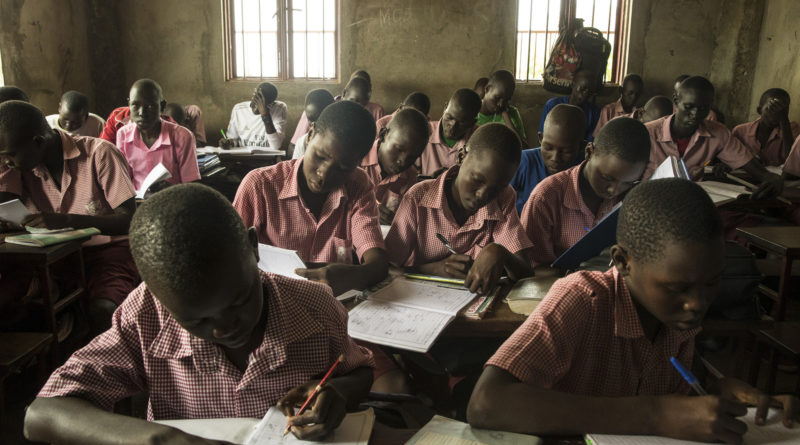In this video, Sonali Nag, Associate Professor of Education and the Developing Child at Oxford University, discusses her recent review of literacy assessments, Assessment of literacy and foundational learning in developing countries.
This review examines the quality and range of tools used to measure literacy and foundational learning in developing countries. It covers the assessment of language and literacy skills in children from age 3 to 14 (or preschool to Grade 8). It also includes assessment tools from studies published between 1990 and 2014, rated as ‘Moderate’ or ‘High’ in methodological quality.
There are 2 main reasons to assess children’s learning and underlying skills:
- Assessment can monitor educational quality. Communicating test results about what children can do (or cannot do) can improve decision making at every level of the education system. This improves educational quality and thereby lifts children’s attainment.
- Assessment can inform teaching practice. Teachers who assess well and use test information well, teach better. Towards this aim, the synthesis collates measures that potentially could be part of a teacher’s toolkit.
The reason for assessing literacy skills is to ensure that “children can come to a point where they can read with comprehension and write and express for others to understand.”
Not all assessments are suitable for supporting the decisions that are often made on the basis of the data they produce. Therefore care should be taken to ensure that tests captures students’ level of learning and are sensitive to small differences in attainment. Tests should also be fair: “A good test is one that is considerate to the child’s learning history, child’s cultural background, child’s linguistic assets… A good test tries to not be influenced so much by contextual factors so that you get the child’s level of learning”.
Sonali’s key messages are that funders and researchers should focus on comprehension and understanding through all stages of literacy development and in all areas of test development, analysis. Protocols should be followed to ensure that assessments are appropriate to the local context. Finally she urges transparent and thorough reporting on the cycle of instrument development and the properties of the test (validity, reliability, potential sources of bias, mitigation against bias, etc.)
The main report is supported by an evidence brief and two briefing notes (on contextual issues and what to test and why).
Sonali Nag previously recorded a video for HEART Talks on Literacy, Foundation Learning and Assessment in Developing Countries, which is available to view here.


